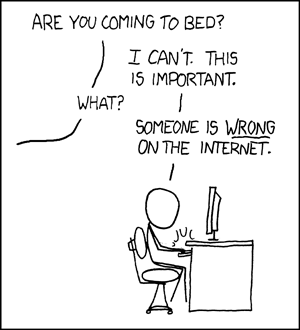Originally posted by cj.wijtmans
View Post
For the nth time:
Fortran is for computing, it was born for that and it still does that better than C in computing. It's not obsolete. It's just specific for doing complex math.
Consider that most people writing computing programs are scientists, not programmers. Fortran is tailored for that kind of users.
Then of course a C programmer with 10 years of experience can do the same program too, and probably better, in C. Doesn't matter. The people writing in fortran are mostly scientists, not programmers.


Comment